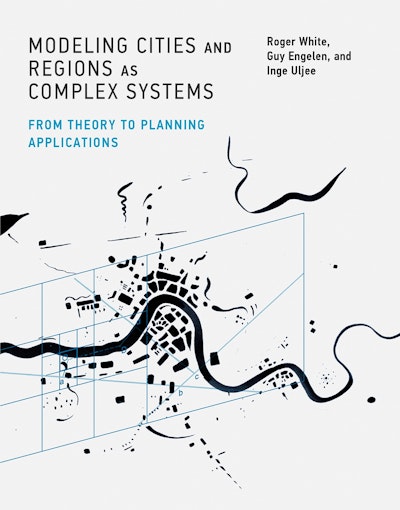- Published: 25 June 2024
- ISBN: 9780262552509
- Imprint: MIT Press Academic
- Format: Paperback
- Pages: 344
- RRP: $100.00
Modeling Cities and Regions as Complex Systems
From Theory to Planning Applications
- Published: 25 June 2024
- ISBN: 9780262552509
- Imprint: MIT Press Academic
- Format: Paperback
- Pages: 344
- RRP: $100.00
"This book's authors are among the most respected, experienced, and accomplished innovators in land change simulation modeling. This book is essential reading for scholars of cellular automata and of other spatially explicit landscape models concerning complex systems. The book connects theory, with methodology, with planning."
—Robert Gilmore Pontius Jr, Professor of Geography, Clark University; coauthor of Advancing Land Change Modeling: Opportunities and Research Requirements
"Twenty years ago White, Engelen, and Uljee established the field of cellular automata modeling of urban dynamics. Now these universally recognized leaders offer us a pathbreaking book on urban and regional modeling. Based on complexity paradigm, they develop an operational theory and demonstrate the strengths of their approach with exciting applications. Anyone who wants to obtain a conceptually refined and practically useful perspective on urban and regional planning and forecasting should read this brilliantly written book."
—Itzhak Benenson, Professor of Quantitative Geography, Tel-Aviv University

